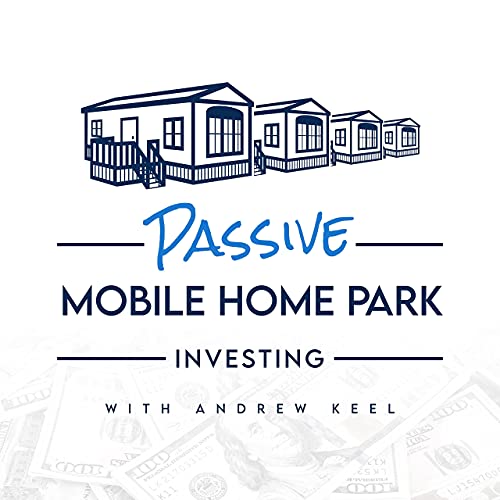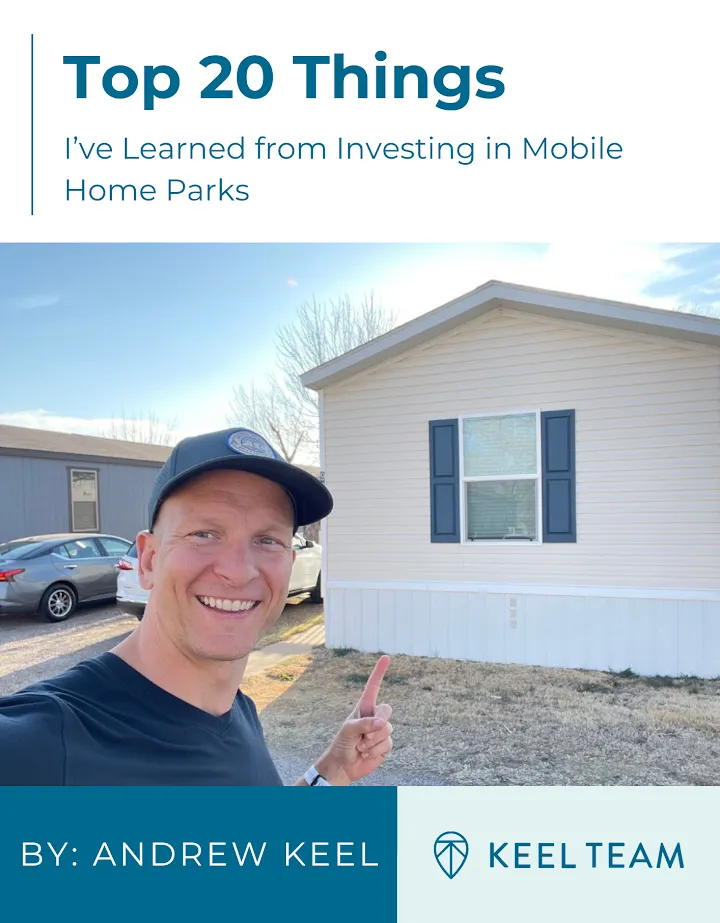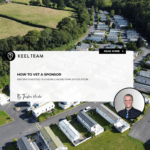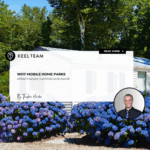How Rising Rates Can Impact Mobile Home Park Investing in 2025
-
 Tristan Hunter - Investor Relations
Tristan Hunter - Investor Relations

Rising interest rates have reshaped the real estate landscape, and mobile home park investing is no exception. As we navigate 2025, economic conditions, particularly elevated interest rates, may significantly influence how investors acquire, finance, and manage mobile home parks. This article explores these impacts, highlights strategies like securing fixed-rate loans and targeting cash-flow-positive properties, and offers actionable insights for investors aiming to thrive in this dynamic environment. Backed by recent data and trends, we’ll break down the challenges and opportunities, ensuring you’re equipped to help make informed decisions.
Understanding the Interest Rate Environment in 2025
Why Interest Rates Matter
Interest rates, set by the Federal Reserve, directly affect borrowing costs. In 2025, rates may remain elevated compared to the historically low levels of the early 2020s. According to the Federal Reserve’s projections, the federal funds rate could hover between 4.5% and 5.5%, reflecting efforts to manage inflation. For mobile home park investors, this translates to higher loan payments, impacting profitability and acquisition strategies.
The Ripple Effect on Real Estate
Higher interest rates increase the cost of capital, making financing for mobile home park purchases more expensive. Data from the Mortgage Bankers Association suggests commercial mortgage rates could average 5.8% to 6.5% in 2025, up from 3.5% in 2021. This shift may reduce purchasing power, especially for leveraged deals, and could cool demand in some markets. However, mobile home parks often remain resilient due to their affordability and stable tenant demand.
Download our FREE eBook on the Top 20 things to know BEFORE investing in mobile home parks!
How Rising Rates Impact Mobile Home Park Acquisitions
Higher Borrowing Costs
Elevated interest rates may raise the cost of acquiring mobile home parks. For example, a $1 million loan at 6% interest over 20 years results in monthly payments of approximately $7,164, compared to $5,966 at 4%. This $1,198 difference can strain cash flow, particularly for assets with tight margins. Investors may need to adjust their offer prices or seek properties with stronger revenue streams to offset these costs.
Shift Toward Cash-Flow-Positive Properties
To counter higher borrowing costs, investors may prioritize mobile home parks with robust cash flow. Properties generating consistent rental income—ideally with occupancy rates above 85%—can better absorb increased debt payments. Data from CBRE’s 2024 Multifamily Report indicates that mobile home parks with high occupancy and predictable revenue streams may command premium prices, as investors seek stability in uncertain economic times.
Smaller Deal Sizes Gain Traction
Rising rates may also push investors toward smaller mobile home parks, typically those with 20 to 50 lots. These properties often require less financing, reducing exposure to interest rate fluctuations. According to a 2024 report by the National Association of Realtors, smaller commercial properties saw a 12% increase in transaction volume last year, as investors pivoted to more manageable investments.
Financing Strategies to Navigate High Interest Rates
Locking in Fixed-Rate Loans
One effective strategy may be securing fixed-rate loans to shield against future rate hikes. Fixed-rate mortgages provide payment certainty, which is crucial for long-term budgeting. For instance, a 20-year fixed-rate loan at 6% ensures stable payments, unlike adjustable-rate mortgages (ARMs), which could climb if rates rise further. Freddie Mac data shows that fixed-rate loans accounted for 70% of commercial real estate financing in 2024, reflecting investor preference for predictability.
How to Secure Favorable Terms
To obtain competitive fixed-rate loans, consider working with local banks or credit unions familiar with mobile home park financing. These lenders may offer more flexible terms than national institutions. Additionally, maintaining a strong debt-service coverage ratio (DSCR) of 1.25 or higher can improve loan approval odds, as it demonstrates the property’s ability to cover debt obligations.
Exploring Seller Financing
Seller financing may also mitigate the impact of high interest rates. In this arrangement, the seller acts as the lender, often offering more favorable terms than traditional banks. A 2024 survey by the Manufactured Housing Institute found that 15% of mobile home park transactions involved some form of seller financing, particularly in markets with limited bank lending. This approach can reduce reliance on expensive commercial loans and provide negotiation flexibility.
Leveraging Government-Backed Loans
Government-backed loans, such as those from the U.S. Department of Agriculture (USDA) or the Small Business Administration (SBA), may offer lower rates and longer terms. For example, USDA’s Business and Industry Loan Program supports rural mobile home park investments, with rates often 1% to 2% below market averages. These programs may be particularly appealing for properties in underserved areas, though eligibility requirements can be stringent.
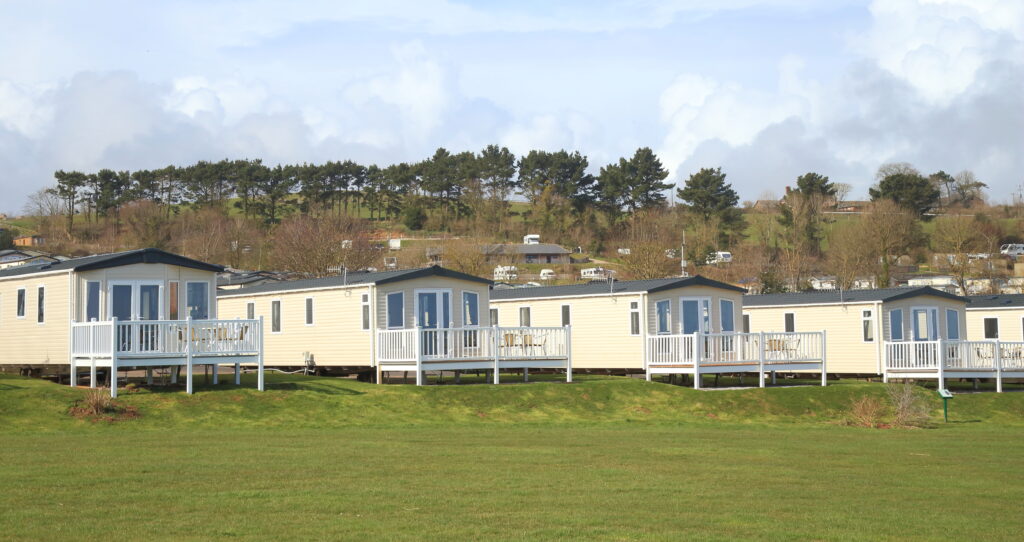
Operational Strategies to Boost Resilience
Enhancing Cash Flow Through Value-Add Opportunities
To offset higher financing costs, investors may focus on value-add mobile home parks—properties with untapped potential. Strategies like upgrading utilities, adding tenant amenities (e.g., playgrounds or laundry facilities), or increasing lot rents to market rates can boost revenue. A 2024 case study by JLL highlighted a Texas mobile home park that increased net operating income by 18% after implementing utility submetering and aesthetic improvements.
Maintaining High Occupancy
Stable occupancy is critical in a high-rate environment. Mobile home parks benefit from tenant “stickiness,” as residents often own their homes and face high relocation costs. Data from the U.S. Census Bureau shows that mobile home park vacancy rates remained below 7% in 2024, compared to 12% for traditional apartments. Investors may enhance retention by offering lease incentives or maintaining quality property management.
Controlling Operating Costs
Rising interest rates often coincide with inflationary pressures, increasing operating expenses like maintenance and utilities. Investors may counter this by adopting cost-saving measures, such as energy-efficient lighting or bulk purchasing for supplies. According to a 2024 report by the Urban Institute, mobile home parks that implemented energy-saving upgrades reduced operating costs by up to 10%, improving net income.
Market Trends Supporting Mobile Home Park Investing
Persistent Demand for Affordable Housing
Despite economic challenges, mobile home parks may remain a strong investment due to the growing demand for affordable housing. The National Low Income Housing Coalition reports that no state in the U.S. has enough affordable rental units for low-income households, driving interest in mobile home parks. This demand may help maintain occupancy and rental income, even as rates rise.
Resilience in Economic Downturns
Mobile home parks have historically performed well during economic uncertainty. A 2023 study by Colliers found that mobile home park investments delivered average annual returns of 8% to 10% during the 2008–2012 recession, outperforming other real estate classes. Their low-cost housing model may continue to attract tenants, providing a buffer against rate-driven market slowdowns.
Key Takeaways for Investors
Rising interest rates in 2025 may pose challenges for mobile home park investing, but they also create opportunities for strategic investors. By prioritizing cash-flow-positive properties, securing fixed-rate loans, and exploring alternative financing like seller or government-backed loans, you may mitigate risks. Additionally, focusing on value-add opportunities and cost control can enhance profitability, while the sector’s resilience and demand for affordable housing support long-term growth.
Before diving in, consult with financial advisors and conduct thorough due diligence. Market conditions vary by region, and local factors like zoning laws or tenant demographics can influence outcomes. With careful planning, mobile home park investing may remain a highly compelling option in 2025’s high-rate environment.
Are you looking for MORE information? Book a 1-on-1 consultation with Andrew Keel to discuss:
- A mobile home park deal review
- Due diligence questions
- How to raise capital from investors
- Mistakes to avoid, and more!
Disclaimer:
The information provided is for informational purposes only and is not investment advice or a guarantee of any kind. We do not guarantee profitability. Make investment decisions based on your research and consult registered financial and legal professionals. We are not registered financial or legal professionals and do not provide personalized investment recommendations.

Tristan Hunter - Investor Relations
View The Previous or Next Post
Subscribe Below 👇
